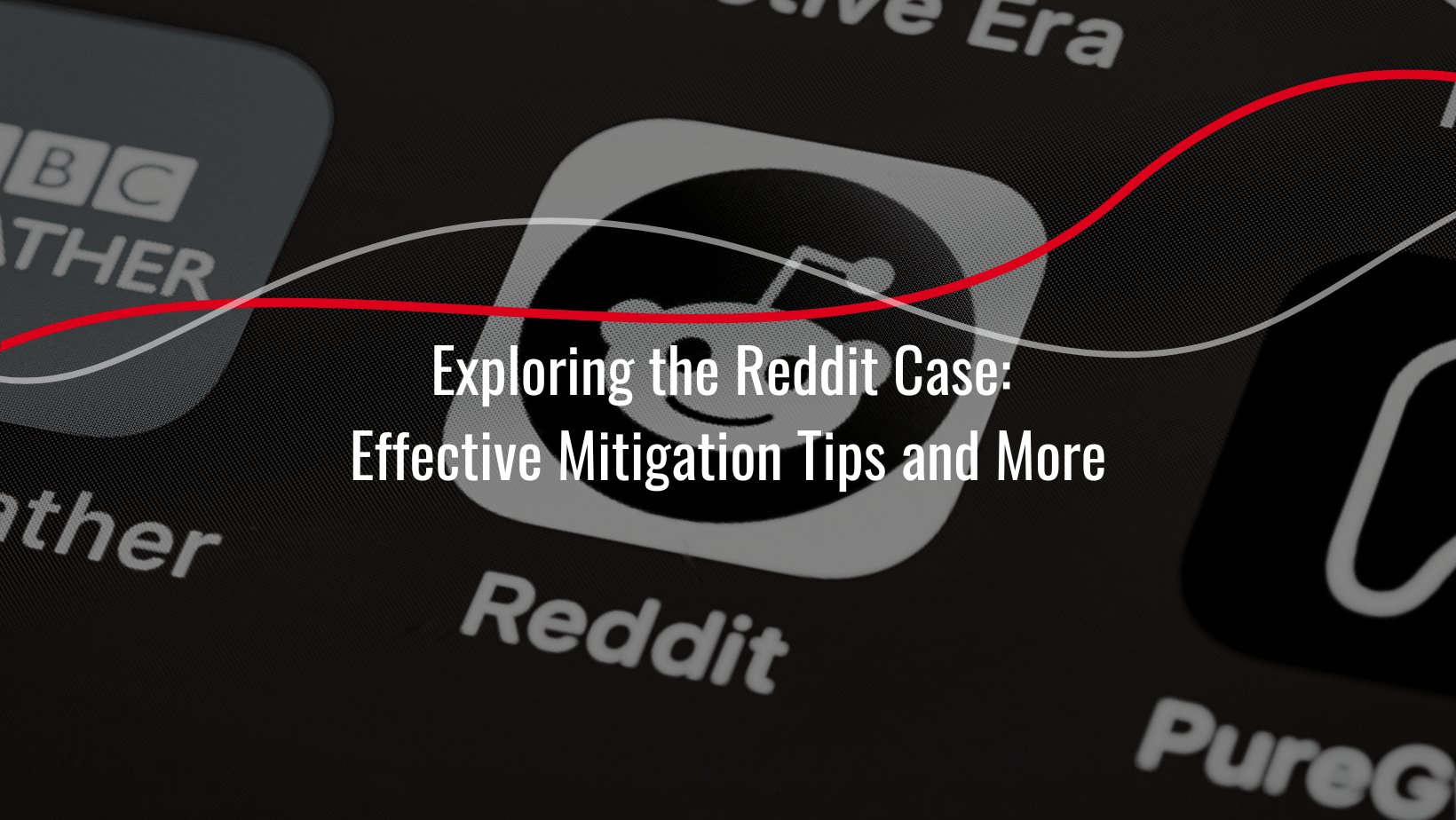Key Cybersecurity Stats for IT Professionals in 2023
According to research from the University of Maryland, every 39 seconds, someone is the victim of a data breach...

Reddit recently fell victim to a phishing attack, with the ransomware group BlackCat (also known as ALPHV) claiming responsibility. They demanded a $4.5 million ransom and threatened to release the compromised data, however, adversaries are also urging for the reversal of the contentious API modifications made by Reddit.
BlackCat executed a sophisticated phishing attack by using deceptive prompts to trick Reddit employees into visiting a website that mimicked the platform's intranet gateway. Through this method, the hackers successfully stole login credentials and second-factor tokens from one employee. However, Reddit assured users that their personal information remained uncompromised.
The CTO stated that they are actively investigating the situation, closely monitoring it, and collaborating with employees to strengthen their security skills. They emphasized that humans are often the weakest link in the security chain.
When it comes to endpoint security solutions for phishing, there are several tools and technologies available that can help detect and prevent phishing attacks. Here are some commonly used endpoints security solutions:
When an employee's device gets compromised or phished, it's important to take immediate action to isolate the device from the network and minimize the potential impact. Here are some steps and solutions to isolate the device promptly: